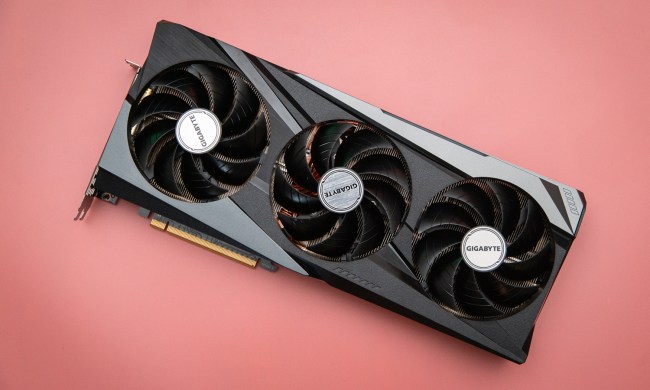
Industry reports have periodical publisher Hearst looking to get into the wireless e-reader market this year with a large-format wireless device specifically tailored to the reading (and advertising) requirements of newspapers and periodicals. Although the device would certainly be compared with Amazon’s Kindle reader, Hearst is reportedly eschewing the book market and looking to create a device which brings the existing business model for periodicals and newspapers into the mobile, digital age.
Sources close to Hearst indicate Hearst is planning the first decide to be about the size of a standard sheet of paper, with the larger screen size intended to both reproduce the more-complex layouts of print periodicals as well as letting advertisers buy spots in the sizes and format they’re already used to. The first device is likely to be a greyscale, eInk-based affair (Hearst was an early investor in eInk) but future models would likely incorporate a color display to accommodate high-end print publications. Some speculation indicates Hearst is exploring making the device foldable or rollable to enhance portability.
Unlike Amazon, which works with publishers to offer a single storefront for books and content for the Kindle, Hearst is apparently eyeballing a business model wherein it would sell its readers to publishers directly and possibly take a cut of revenue for advertising and content sales to those devices. Reports and sources don’t offer consistent timetable for Hearst’s plans, but some reports indicate the company would like to bring the product to market in 2009.
Hearst publishes well-known, photo-heavy publications like Esquire, Seventeen,Cosmopolitan, and O, The Oprah Magazine.


